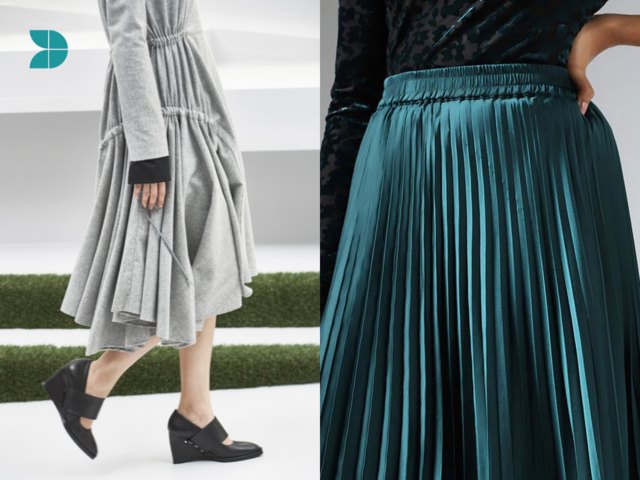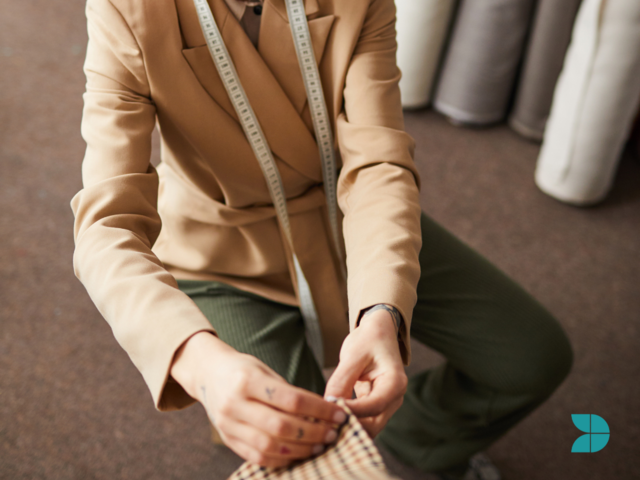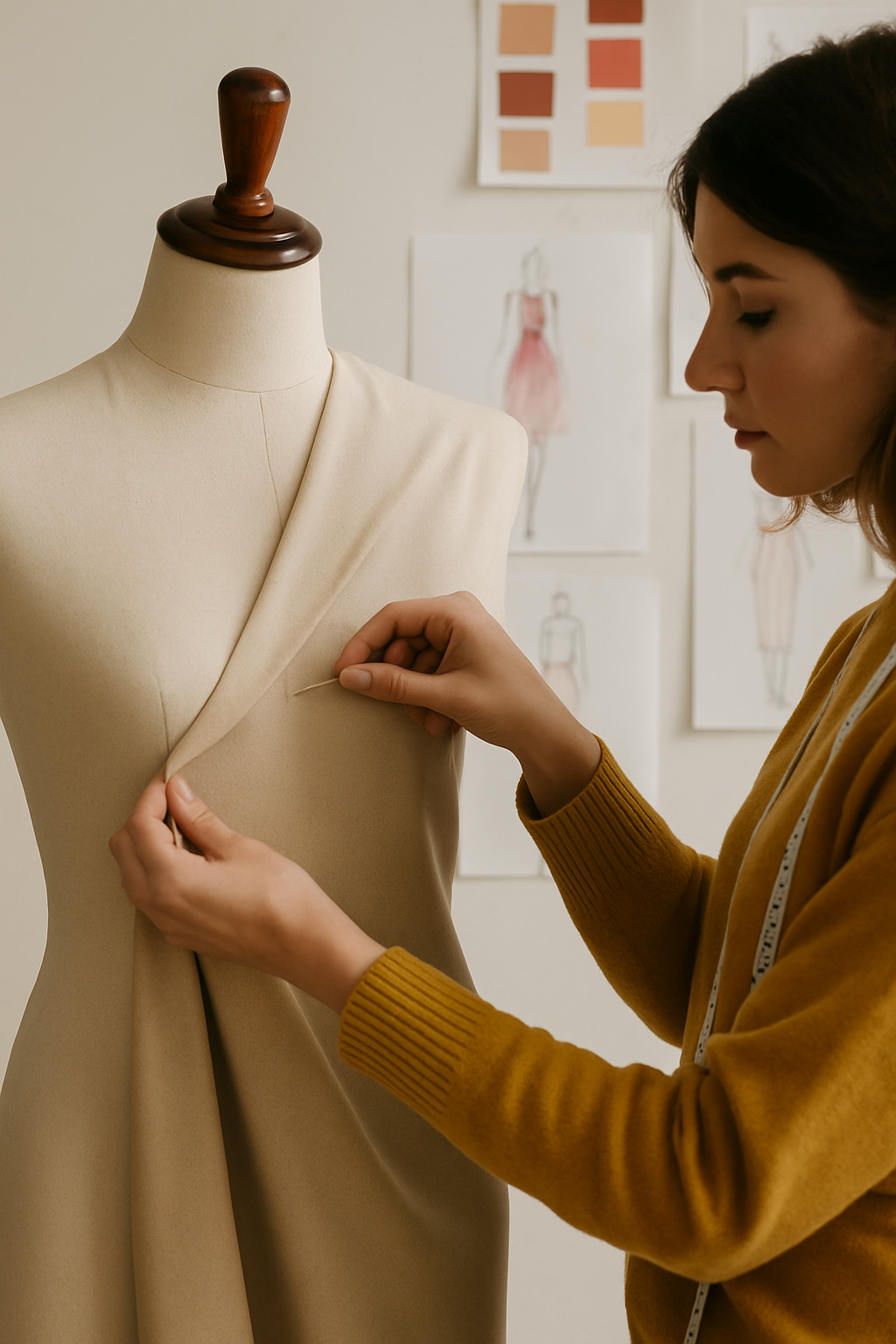Fashion design is in constant motion, always evolving and literally, changing with the seasons. And with this evolution, also comes the cyclical nature of fashion. Trends come and go but there are design techniques that have been applied to a number of fabrics and styles, time and time again. One of which is the humble pleat. This seemingly simple act of folding fabric has been seen on all manner of garment, since the dawn of clothing. From the tunics of ancient Egypt to the haute couture runways of Paris, pleats have been a staple presence in the development of fashion. Let’s take a look.

A brief history of the pleat
There is evidence of the use of the pleat as far back as ancient Egypt where the higher classes and royalty would pleat their linen skirts as a symbol of wealth and refinement. Next it was the Greeks with their meticulously pleated chitons, showcasing the pleat's versatility and aesthetic appeal. But, it was during the Renaissance that pleats really made their presence felt with the invention of the pleating iron allowing for more intricate and durable pleat work.
The 18th and 19th centuries saw pleats evolving into more structured clothing with the advent of the crinoline and later the bustle. This era would use pleating techniques to shape garments that dramatically accentuated the female form. It was however, the 20th century that would revolutionise the previously typical use of pleating with designers like Henriette Negrin and her husband, Mariano Fortuny creating the finely pleating Delphos gown, named after the Greek statue, the Charioteer of Delphi. More recently it was Issey Miyake, whose Pleats Please line would again, redefine pleats for the modern era.
The skill of pleating
Pleating requires an in-depth knowledge and understanding of fabric behaviour as well as precision, and an eye for design. There are several types of pleats, each with distinctive characteristics and application:
-
Accordion pleats: Narrow, parallel folds that resemble the bellows of an accordion. These pleats add volume and movement to skirts and dresses.
-
Knife pleats: Sharp, flat folds that point in one direction, often used in skirts and school uniforms for a neat, tailored look.
-
Box pleats: Consisting of two knife pleats back-to-back. Box pleats create a structured, voluminous effect, perfect for skirts and tops.
-
Inverted pleats: Similar to box pleats but with the fullness on the inside, inverted pleats give a streamlined appearance while still allowing for movement.
-
Sunburst pleats: Narrow at the top and wider at the bottom, these pleats add dramatic flair to gowns and skirts, creating a sunburst effect.

Pleats in modern fashion
Today pleats can be found in a steady stream of styles as they continue to emerge throughout the seasons in increasingly interesting ways. The easily identifiable technique adds movement and texture to skirts, jackets, shirts or anywhere they are used and it is becoming easier than ever to incorporate a pleat to even the most unexpected garments. Modern technology offers different options including heat-setting techniques that allow for permanent pleats in synthetic fabrics, therefore expanding the creative possibilities.
By using these techniques, designers are taking pleating to new heights producing garments that are both functional and striking. Pleats have also found their way into menswear, with pleated trousers offering a blend of comfort and style.
The sustainability angle
It may come as a surprise to some to learn that pleating can in fact have a positive impact on the move towards sustainability in fashion. The ability to create shape and structure without additional cutting or joining pieces makes pleating a potentially less wasteful design technique. Pleated garments also require less ironing and can be designed to adjust to different body types, enhancing their longevity and wearability.
Mastering the art of pleating in Fashion Design
Pleating is a captivating subject and truly is an art form that combines history, technique, and creativity. For those inspired by the potential of pleats and eager to incorporate this timeless element into their own designs, our fashion design courses offer a wide range of skills and techniques covering everything from the basics of textile manipulation to advanced design concepts.
Whether you're interested in haute couture, ready-to-wear, or sustainable fashion, an understanding of the principles and applications of pleats will enrich your design skills and open up new avenues for creative expression. Our academy is committed to nurturing the next generation of fashion talent, providing a supportive and inspiring environment where students can explore their passion and make their mark in the world of fashion.

